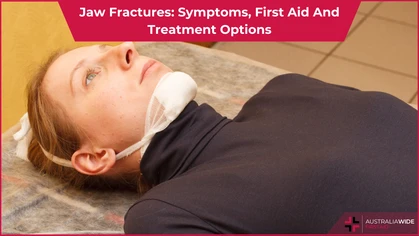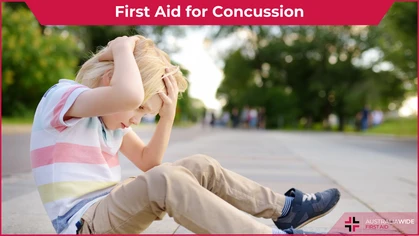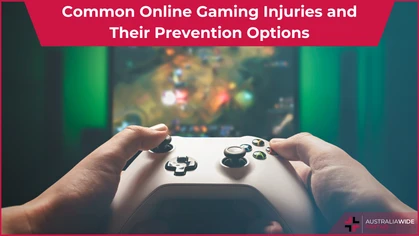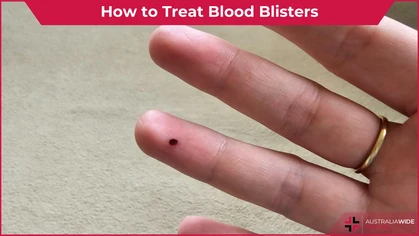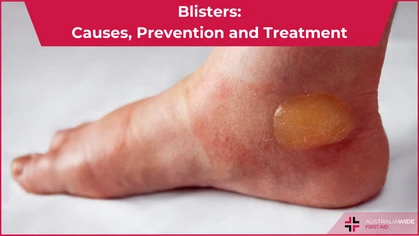Bouncing Back After a Brain Injury: Tips for Returning to Play After a Concussion

Injury

Concussions are a serious brain injury that can have long-term effects if not treated properly. In this article, we will provide tips for bouncing back after a brain injury.
Concussions are one of the most common injuries in sports and can have long-lasting effects. Understanding the risks of concussion, developing a recovery plan, and utilizing strategies for returning to play safely are essential steps for recovering from a brain injury. Additionally, obtaining a first aid certificate for brain injury recovery can be a great way to ensure a safe return to play. This article will provide tips for bouncing back after a brain injury and discuss why it is important to obtain a first aid certificate for brain injury recovery.Understanding the Risks of Concussion
Concussions can have serious long-term effects and can have an impact on a person’s physical and mental health. It is essential to understand the risks of concussion before attempting to return to play following a brain injury. The potential risks of a concussion can range from mild to severe, and can include headaches, dizziness, difficulty concentrating, difficulty sleeping, and difficulty with balance. In some cases, a concussion can lead to memory loss, confusion, depression, anxiety, and difficulty with coordination and movement. It is also important to note that the effects of a concussion can be cumulative; if a person sustains multiple concussions, the effects can be more severe and long-lasting. It is important to seek medical attention after sustaining a concussion and to follow the doctor’s recommendations before returning to play. The doctor may advise limiting physical activities and avoiding contact sports for a period of time to allow the brain to heal. It is also important to be aware of the signs and symptoms of a concussion and to speak with a doctor immediately if any of the symptoms worsen. By understanding the risks of concussion and following the doctor’s advice, a person can reduce the risk of long-term effects and help ensure a safe return to their sport or physical activity.Developing a Recovery Plan
When recovering from a brain injury, it is important to have a plan of action to ensure a safe and full recovery. In order to return to playing sports after a concussion, athletes should follow these steps in developing a recovery plan:- Talk to a doctor or health care professional about the injury and the potential for further damage.
- Get a baseline assessment to determine the severity of the injury and create an individualized treatment plan.
- Follow the doctor’s recommended course of treatment and take any medications prescribed.
- Get adequate rest and slowly increase physical activity.
- Take part in cognitive and physical therapy sessions to help with the recovery process.
- Participate in activities that are safe and do not put the athlete at risk for further injury.
- Gradually increase physical activity and slowly return to playing sports.
- Monitor for any symptoms that become worse or return.
Strategies for Returning to Play Safely
When returning to play safely after a brain injury, there are several steps you should take to ensure your safety.- Get cleared by a medical professional: Before returning to play, it is important to get cleared by a healthcare provider. It is important to discuss any lingering symptoms or concerns with the provider and to be honest about the injury.
- Wear protective gear: Make sure to wear protective gear like helmets and face masks when playing. This can help reduce the risk of further brain injuries.
- Take it slow: When returning to play, it is important to start slow and build up gradually. It is important to listen to your body and take breaks as needed.
- Avoid contact: Avoiding contact as much as possible can help reduce the risk of further brain injuries.
- Stay hydrated: Staying hydrated is important to help reduce the risk of brain injuries.
Why It Is Important to Obtain a First Aid Certificate for Brain Injury Recovery
It is important for individuals who have suffered a brain injury to obtain a first aid certificate for recovery. A first aid certificate is essential to ensure that the injured person is prepared to handle any situation that may arise during brain injury recovery. An individual who has suffered a brain injury may be more prone to accidents and injuries. A first aid certificate will equip them with the knowledge and skills to provide the necessary care in the event of an accident or injury. This will help them to prevent further damage and to get the necessary help more quickly. Australia Wide First Aid offers a range of courses designed to teach individuals first aid skills. These courses cover a wide range of topics including first aid for brain injuries. The HLTAID011 Provide First Aid course is designed to provide participants with the knowledge and skills to assess and manage injuries, and to provide first aid in a variety of situations. Having a first aid certificate can make a huge difference in the lives of individuals recovering from a brain injury. It provides them with the knowledge and skills to assess and manage injuries and to provide the necessary care in the event of an accident or injury. It also helps to ensure that they are prepared to handle any situation that may arise during brain injury recovery.
Originally published at
https://www.australiawidefirstaid.com.au/resources/rebounding-from-a-concussion-strategies-for-returning-to-sports
as part of the Australia Wide First Aid Articles Library


